How much does materials science stand to gain from Nature? Professor Ozin gives his take on the progress of biomimetics.
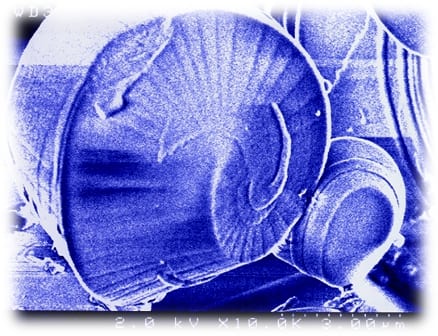

How much does materials science stand to gain from Nature? Professor Ozin gives his take on the progress of biomimetics.
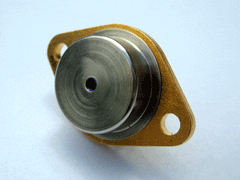
New line of Superluminescent diodes in the 780 nm to 3300 nm wavelength range.
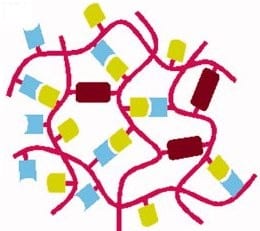
Self-healing materials can be switched from reversible to non-reversible by increasing the number of covalent crosslinking bonds.

Interview on entrepreneurship with startup founder José Maria Lagaron, whose company NanoBioMatters commercializes polymer-nanoclay packaging materials.
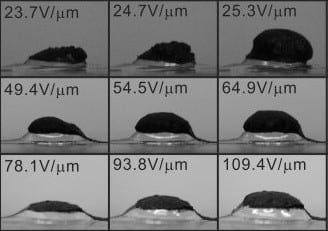
Dielectric elastomer actuators are made stronger and more easily using a synthesis approach that doesn’t rely on pre-stretching the polymer.
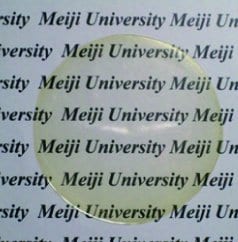
Researchers improve zeolite-polymer gas separation membranes with liquid sulfolane for better carbon dioxide capture.
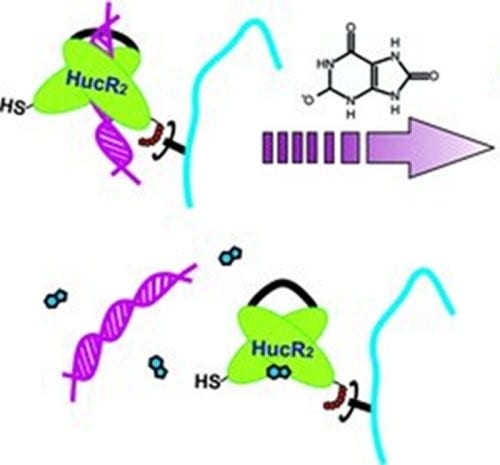
A hydrogel that can tell good from bad: this material can distinguish between normal and pathological levels of urate, a salt related to gout arthritis.
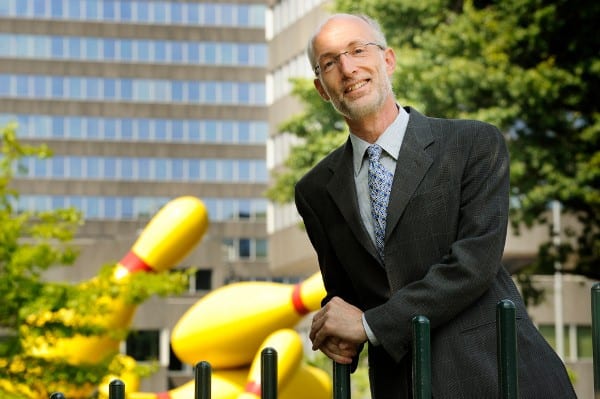
IBM Fellow to receive the Material Research Society’s highest honor.
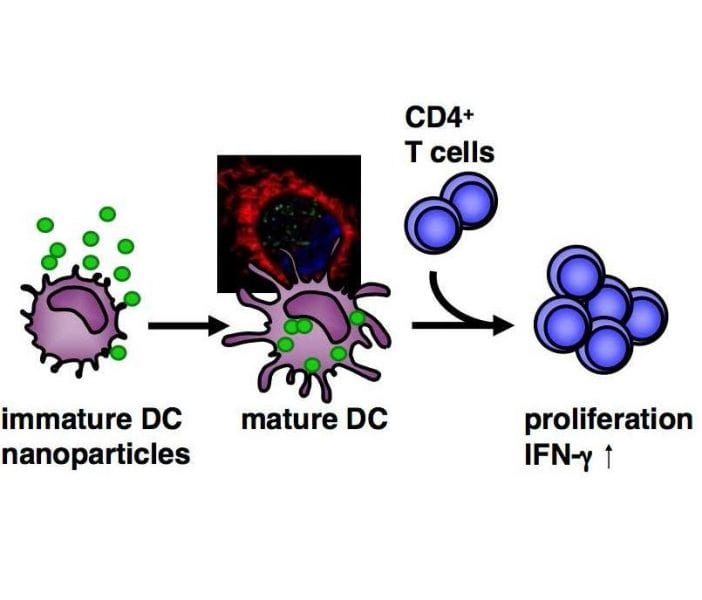
Functionalized polystyrene nanoparticles are analyzed for their interaction with human monocyte-derived dendritic cells.

Researchers report on the prediction of low cycle, high cycle and combined cycle fatigue in turbine blades using the crack closure code FASTRAN.